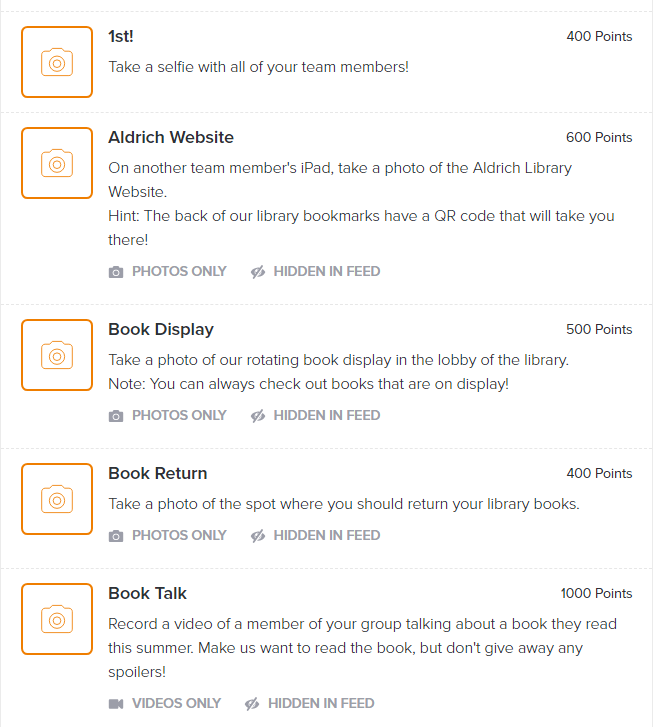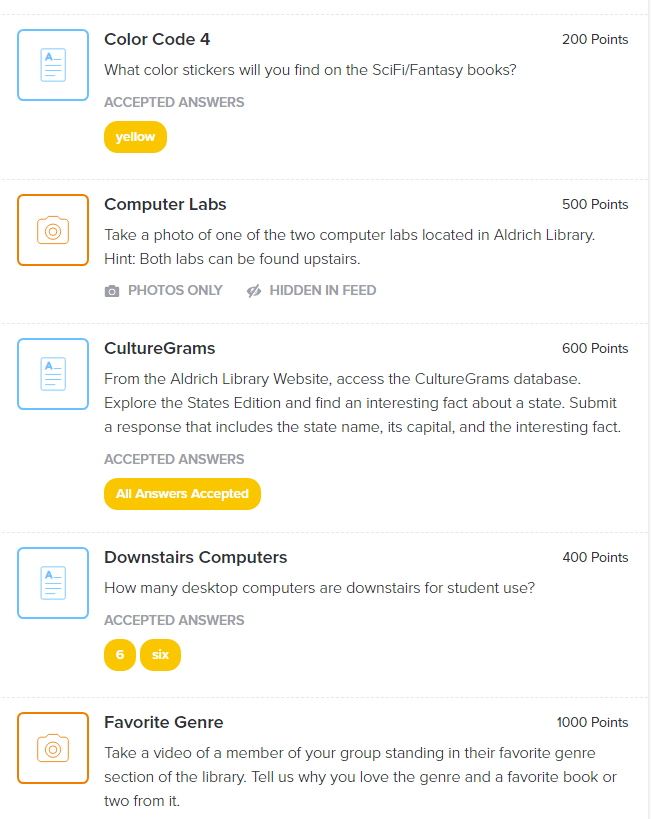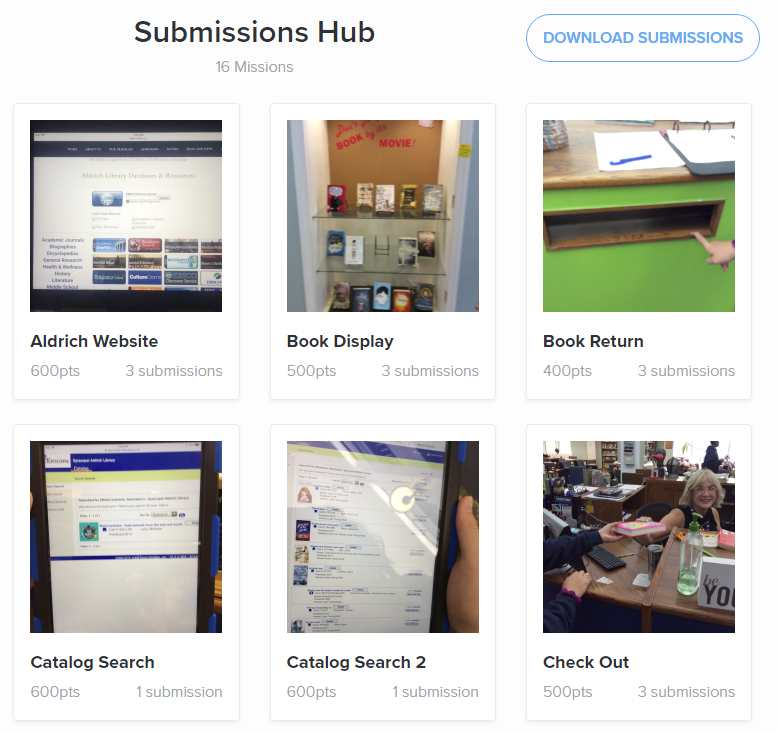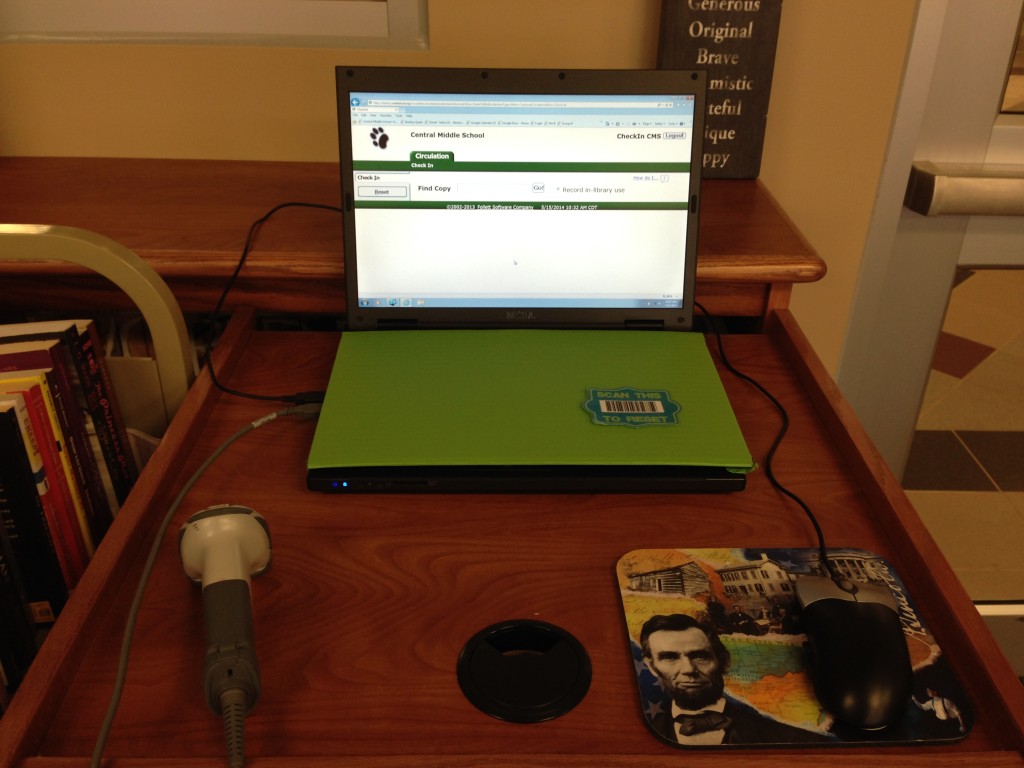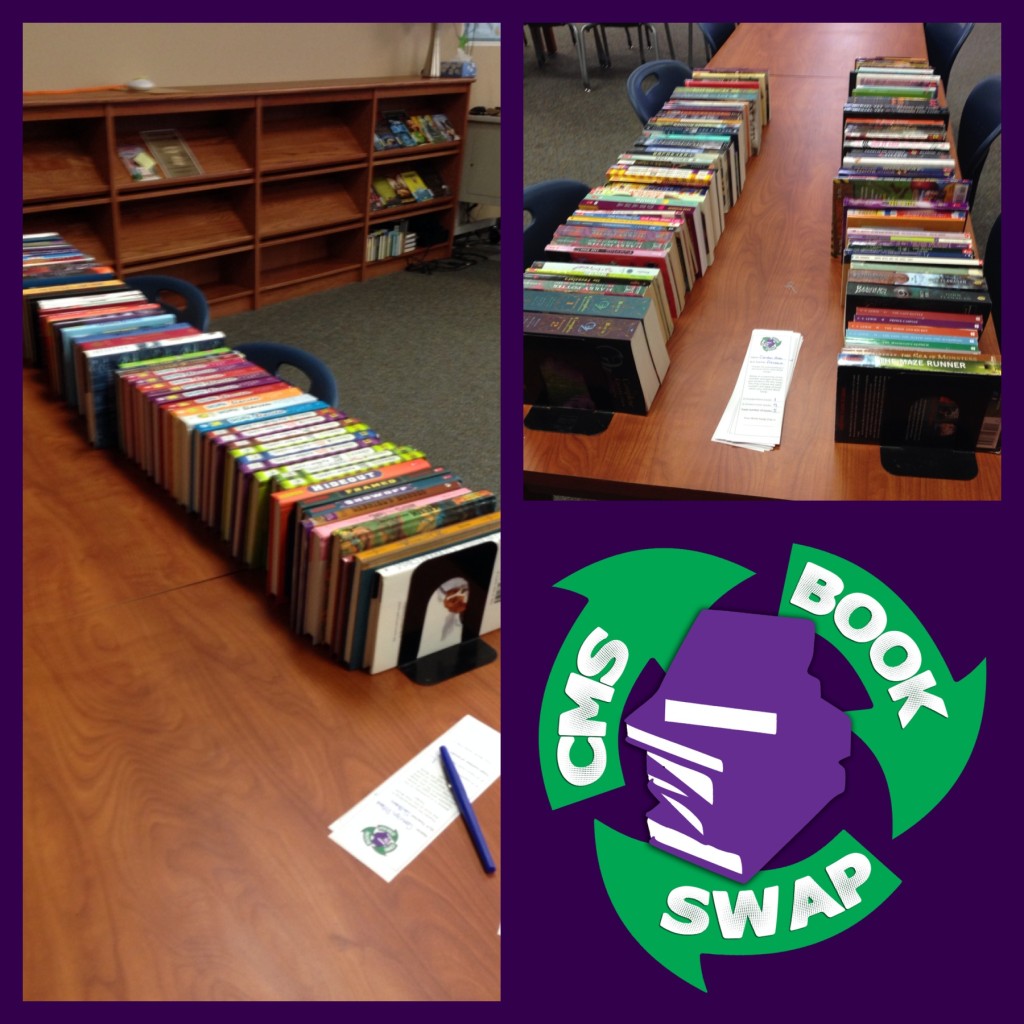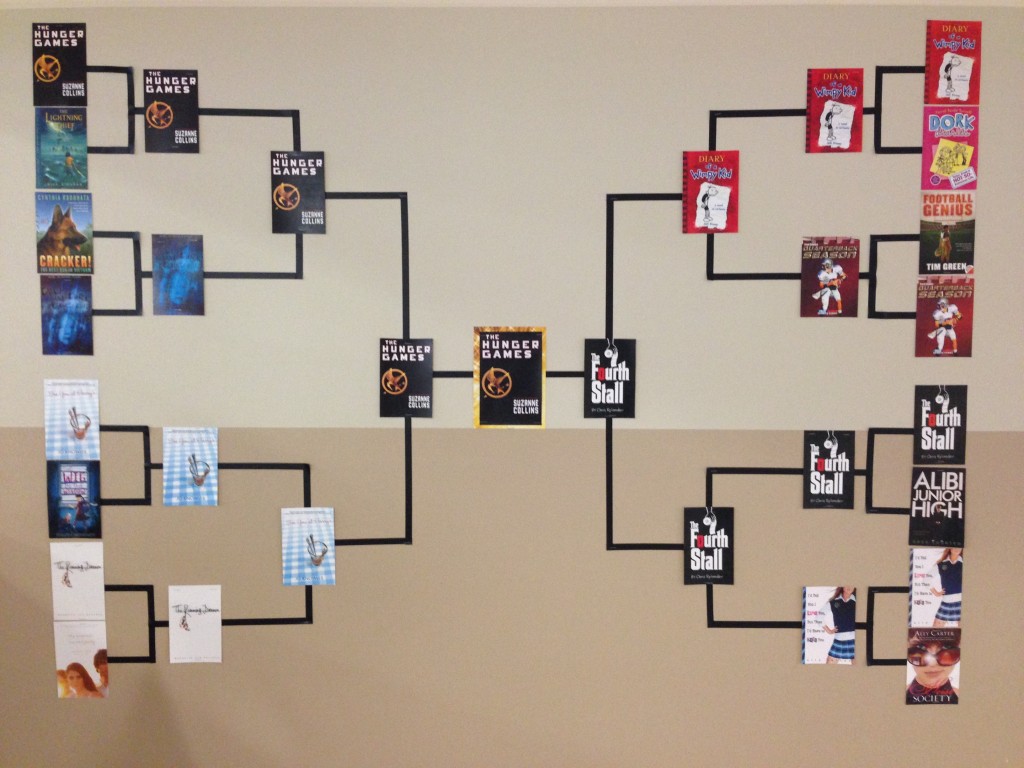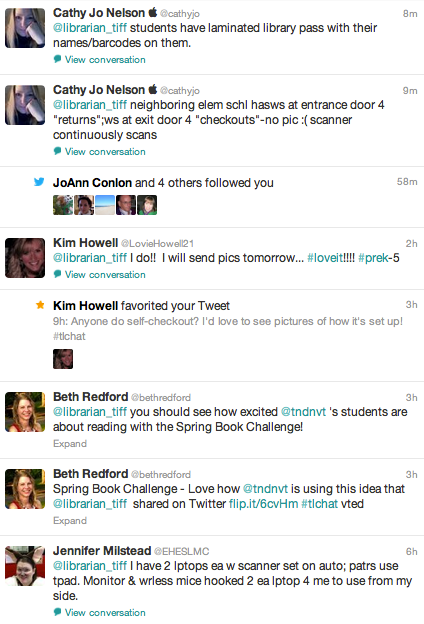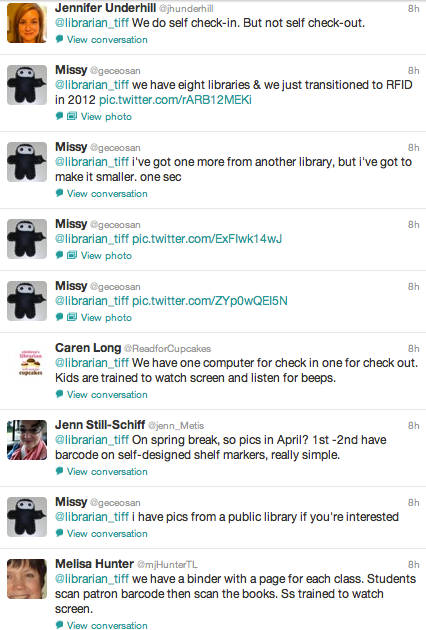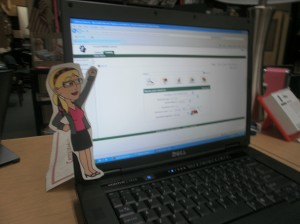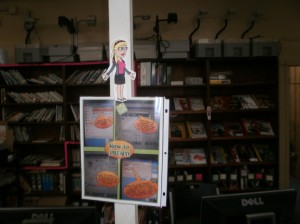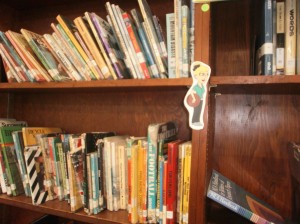What has been on my mind lately is not the glamorous or fun part of our job as librarians (and educators in general). It is the part, though, that can lead to chaos and test our sanity if we aren’t careful. In the library we love to talk about the importance of building relationships and creating a welcoming, inclusive environment. This is at the core of any strong school library program and is something I speak about frequently. Something I always struggle with, though, is being consistent with library procedures and expectations.
Unlike the classroom, the library is a space that serves a very wide range of purposes throughout the day. I know that for me, I struggle with helping students differentiate between appropriate library behaviors during flexible times, more structured times, and direct instruction in the library. Especially because at any given time, any mix of those types of activities can be happening in different areas in the library. Finding the balance between structure, consistency, and maintaining an inclusive, welcoming space is something that I have always struggled with, but sometimes find it difficult to talk about.
Thinking through my daily schedule really highlights these struggles for me:
- The library is open before school for 45 minutes and serves as a flexible space for students to hang out, work on homework, etc.
- During class periods throughout the day, the library has several study hall periods, students working on independent study courses, free study (for Juniors & Seniors – more freedom than study hall), students working collaboratively, etc. This is in addition to any classes visiting the library or me going to meetings or classrooms to work with students/teachers.
- Lunch is followed immediately by office hours, an unstructured time where students are able to meet with teachers as needed. This means that the library is a very busy space where students are hanging out and socializing. I’ve had issues in the past with lack of structure and overcrowding in the library during this time. This time adds up to an hour in the middle of the day on top of their scheduled study hall/free study built into their schedule. I would like to use this time for Book Clubs and other fun library activities, but logistically it is challenging.
- After school, the library remains open until 5:30 each evening as a space for students waiting for practices, games, etc. It is very similar to our before school time, but longer and more active.
For my own sanity, I spent some time at the end of last school year and this summer thinking through my non-negotiable expectations. I also served on our Upper School Standards & Norms Committee — a group of faculty members looking to similarly set expectations across campus to help bring some consistency across the division. I work in a great school with minimal behavior issues, but that doesn’t mean that expectations aren’t important. We all know that students thrive in an environment where expectations are clear and consistent, so this was a great time for a reset for us all. Also, for security purposes (especially in the library) I need to know what students I am responsible for at any given time, so efforts to use clear communication between faculty members (and students) moving around campus during class times in common spaces is also getting extra attention.
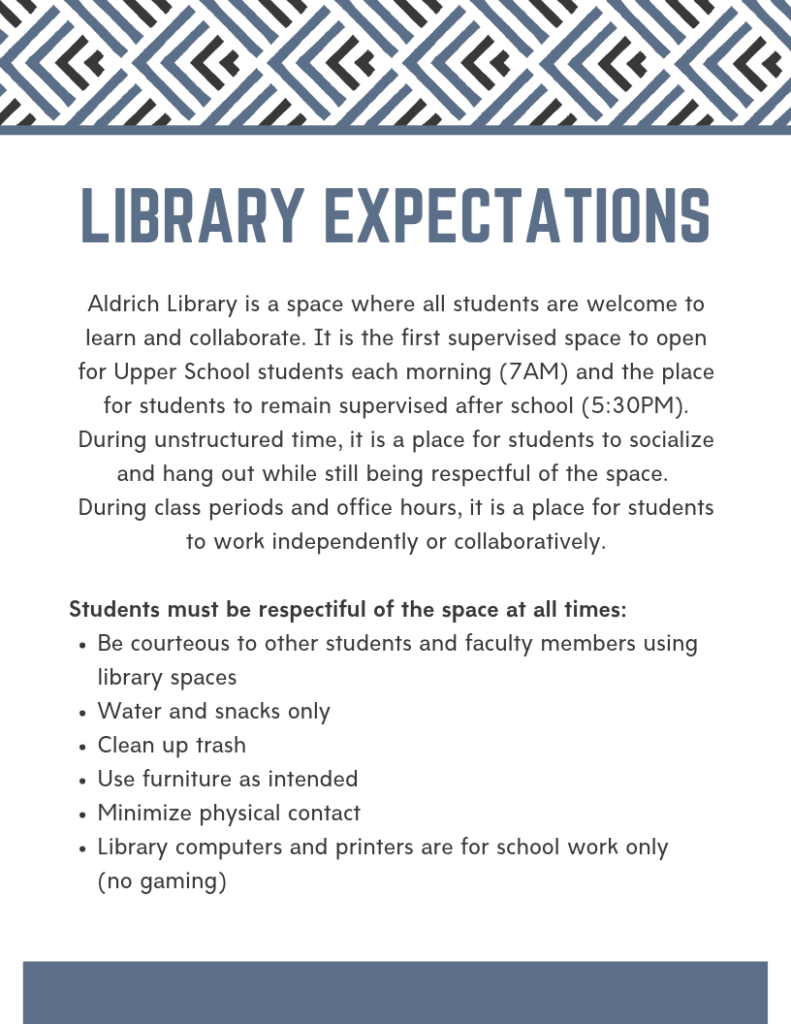
I created this graphic with library expectations as much for me, my assistant, and other faculty members helping to monitor library spaces as for our students. I really dislike being a “rule enforcer”, but I have come to realize that laying out these expectations and ensuring that they are being followed is important for all of us. I also feel like many of these things should go without saying, but the fact that we frequently find yogurt containers under the couch or have to ask students not to sit four to a chair (or on top of the table) means that they do in fact need to be said.
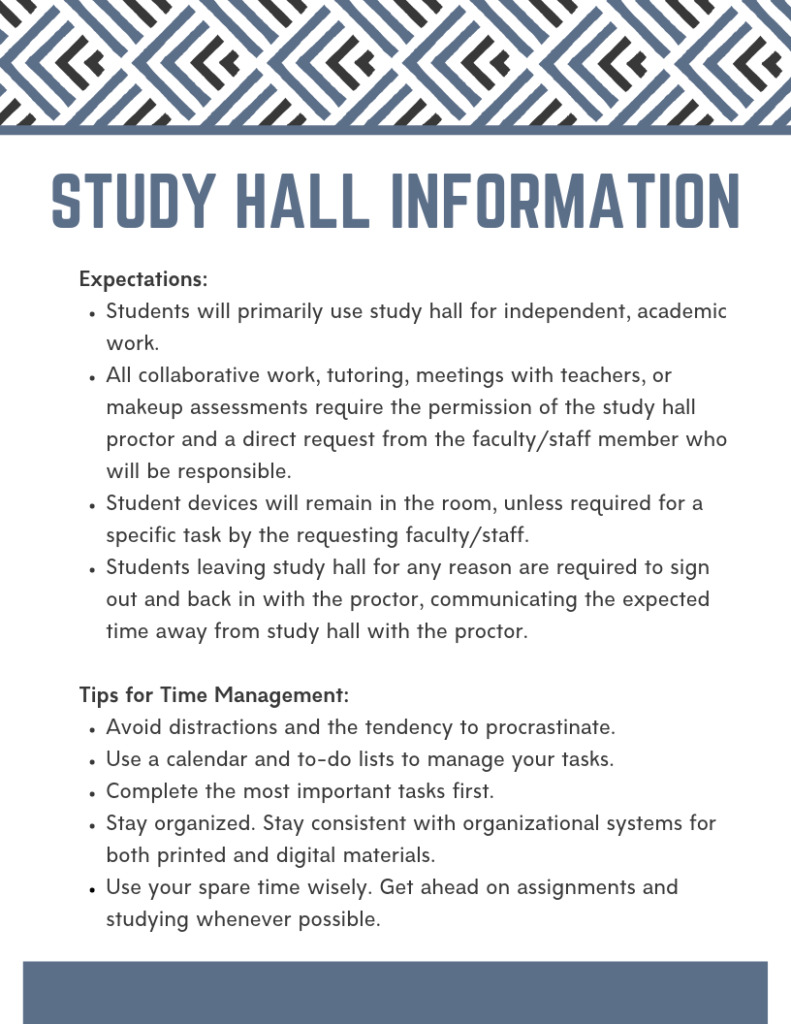
I also created this graphic for Study Hall proctors highlighting some of our updated expectations, as well as some tips for time management. Again, putting this in writing is as much for me as it is for the students.
As a result of the work done by our Standards & Norms Committee, I am working on an interactive manual using Genially that will include our rationales, expectations, norms, and best practices for the different areas addressed. I hope to be able to share that with the faculty (and here on the blog) in the next few weeks.
So please tell me I’m not alone! What struggles do you face when it comes to expectations in your library? What effective routines have you implemented that have brought you some relief and sanity? This is year 12 for me in the library, and I still feel like I don’t have the answer (although I’m making progress).
